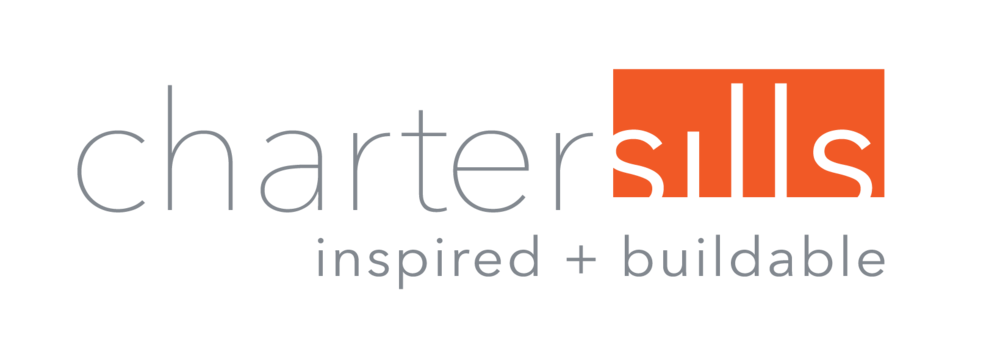In an earlier blog post we defined 10 common architectural lighting terms, ending with value engineering (VE). In this month’s blog, we’re going to dive deeper into that concept and chat with Warren Charter, Design Principal at CharterSills. Some may wince at the thought of the VE phase of a project - worrying if the end result will stray too far from the original plans. But not every VE review has to be that way. In many cases—especially given the current economic climate—there is the potential to benefit from VE. Warren shares more on his understanding of VE and its benefits.
What is value engineering when it comes to architectural lighting?
Warren: Value engineering is a method of enhancing the value of a service by examining its function. This process defines value as the ratio of function to cost, meaning that value can be boosted by either improving the function or reducing cost. In lighting design, value engineering involves assessing available product options in order to build the best strategy that achieves the desired project criteria with respect to budget expectations. The value of a project can be determined, and improved, either by reducing the initial cost of materials or by examining the life cycle of the lighting strategy to determine savings that will be gained by energy efficiency or other cost-saving measures down the line.
What are some typical cost-saving measures that can be taken in lighting design without decreasing the product options?
Warren: Change the lighting specification to a product that delivers the same lighting design performance but may not have the exact same features resulting in a lower cost per fixture. Find alternate fixtures that have a similar look at a reduced cost per fixture. For spaces that are overdesigned (illumination levels are higher than required), tighten up the overall lighting design, possibly with the same fixture, or maybe with an alternate in a smaller quantity. Reduce fixture quantity with a redesign that utilizes a fixture with a higher light output, resulting in fewer fixtures needed. Any reduction in fixtures also is a reduction in labor costs to install.
Where have you seen value in reducing the cost of materials in order to realize savings in the budget?
Warren: Typically on projects that have a large quantity of repetitive fixtures, or a large repetitive space. We see this often in open office floor plans, K-12 or higher education classroom spaces.
Sometimes the term "value engineering" carries negative connotations. Why is that?
Warren: Designers are protective of the design they have developed for a space. Very thoughtful time went into the selection and specification of lighting solutions that hopefully met the budget and delivered the results we expected. Having a design respecified for a purely cost -driven value engineer exercise can destroy the design intent.
When is it not appropriate to consider value engineering as a method to reduce cost?
Warren: It is always appropriate to consider value engineering. There are no designs that are so specific or unique that the question should be dismissed. The projects that have a very unique or project-specific solution will be easier to quantify during a value engineering exercise.
At CharterSills, we believe that when lighting is designed correctly, it can add dimension to the simplest of spaces. Lighting can turn an ordinary space into a work of art. Whatever design challenges clients present, CharterSills responds with a solution that exceeds their expectations. Contact us today at (312) 759-5909 or by email at info@chartersills.com.

